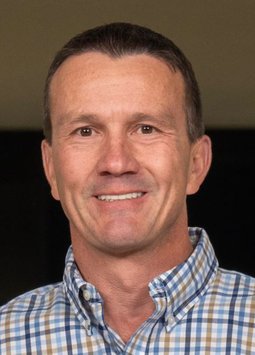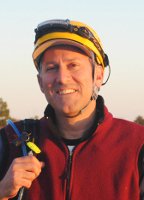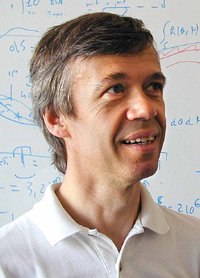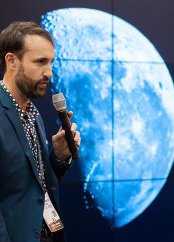Projects
Habitability of Hydrocarbon Worlds: Titan and Beyond
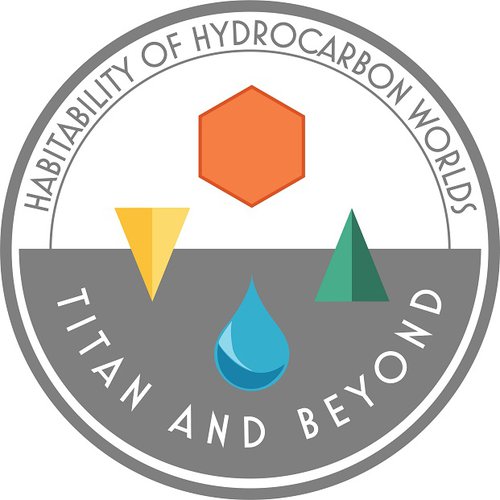
The Cassini-Huygens mission has revealed that Titan is a unique world in our solar system and a likely model for worlds beyond: it is an ocean world, an icy world, and an organic world. Models of the interior incorporating the most recent Cassini gravity data suggest that Titan’s global subsurface ocean may be in contact with the rock core, potentially providing redox gradients and heavier elements critical for a habitable environment. At the contact of the outer ice shell and ocean, Titan’s abundant surface organics, which are created photochemically in, and deposited from, the atmosphere, could be delivered to the aqueous environment through processes such as potential convective cycles in the ice shell. At the surface, liquid water delivered from Titan’s depths through processes such as cryovolcanic activity or from impact melt could create transient habitable environments. This proposal will investigate the pathways for the nutrients and organic building blocks of life to be transported from the atmosphere and into the ocean and deeper interior, and for organisms and their signatures to be transported from the interior back to the surface and the atmosphere.
“Habitability of Hydrocarbon Worlds: Titan and Beyond” is an interdisciplinary and highly synergistic research effort combining experimental, theoretical, and observational work involving 17 Co-Investigators and 10 Collaborators from 16 institutions in the US and abroad. Our goal is to address a key question in astrobiology of the solar system: What habitable environments exist on Titan and what resulting potential biosignatures should we look for?
We will bring an interdisciplinary group of investigators to focus on the environments where key processes occur. We will characterize a “column” of Titan from the core to the upper atmosphere, focusing on interactions at, and material transport across, the interfaces of all the major zones. Our project will involve planetary geophysicists, geologists, atmospheric scientists, biologists, and physical and organic chemists, including investigators working with other existing NAI nodes on topics with strong synergy to our proposed work. Our approach is highly interdisciplinary, since addressing the question above requires theoretical modeling, data analyses, and experimental work to be done in a highly synergistic way, with results of individual investigations being fed iteratively into others.
Our project will make use of constraints on the interior, surface, and atmosphere obtained by Cassini-Huygens, such as identification of organics on the surface from radar and infrared observations, an understanding of the seasonal hydrocarbon cycle from radar mapping, and infrared and optical imaging, in situ measurements from the lander, and knowledge of the interior density structure from gravity data. The timing of this proposal takes advantage of the expertise that has been developed during the Cassini-Huygens mission and a community focused on Titan studies, from data analysis to laboratory and theoretical work, is active and vibrant. As the mission ends in September 2017, we will also provide continued monitoring of Titan’s atmosphere using Earth-based telescopes, some of which (ALMA) have become available only recently.
The results of our project will inform future Titan missions that investigate its habitability and search for life, as well as exoplanet observations from space and Earth based telescopes, which will search for spectroscopic biosignatures and hints of processes indicating habitability. The study of Titan with an eye toward future missions also benefits missions to similar bodies in the outer solar system (e.g. Pluto, Triton) where astrobiology questions turn from the availability of water and organics to the presence of energy and the geological processes that might provide it.

